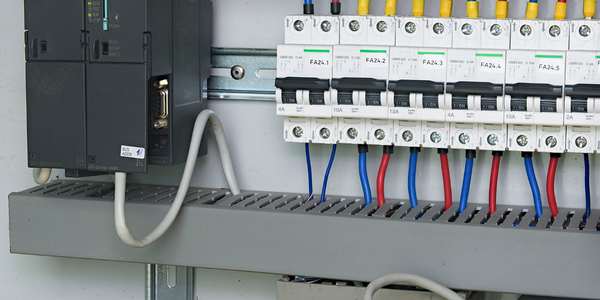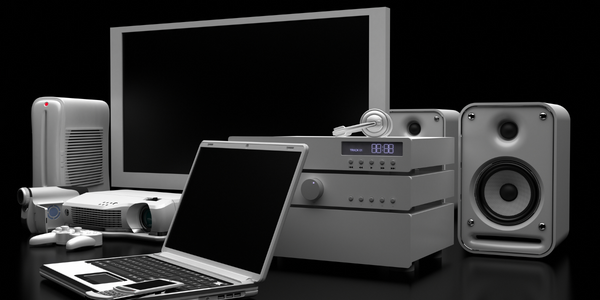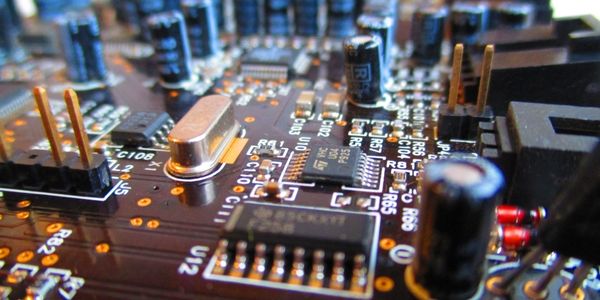公司规模
Large Corporate
地区
- Europe
- Asia
国家
- Germany
产品
- Brocade MLX Series
- Brocade FastIron SX Series
- Brocade TurboIron 24X Switch
技术栈
- MultiChassis Trunking (MCT)
- 10 Gigabit Ethernet (GbE)
- Power over Ethernet (PoE)
实施规模
- Enterprise-wide Deployment
影响指标
- Cost Savings
- Productivity Improvements
技术
- 网络与连接 - 以太网
- 网络与连接 - 网络管理和分析软件
适用行业
- 电子产品
适用功能
- 离散制造
- 产品研发
用例
- 自动化制造系统
- 基础设施检查
服务
- 系统集成
关于客户
WAGO Kontakttechnik GmbH & Co. KG is a 60-year-old company headquartered in Minden, Germany. The company is a global leader in the electrical interconnections and automation markets. WAGO first developed spring clamp terminal blocks, a technology that is now the worldwide standard for electrical connecting systems. With nearly 6000 employees throughout Europe, Asia, and North America, WAGO relies increasingly on its IT systems to manage production processes for its terminal blocks, connectors, and automation components.
挑战
WAGO Kontakttechnik GmbH & Co. KG, a global leader in the electrical interconnections and automation markets, was facing challenges with its IT systems. The company's network lacked high availability, scalability, and standardization. The company was experiencing capacity bottlenecks due to continuous growth and the need for more ports. The creation of a new administration building at its headquarters in Minden provided the catalyst for upgrading the infrastructure. The IT team needed to connect a large number of Ethernet ports to the network and ensure that the newly expanded network could keep pace with current and future performance needs. The network required an overhaul to handle the growing bandwidth demands. In addition to increased bandwidth, WAGO required a solution that could support 10 GbE interfaces via MultiChassis Trunking (MCT).
解决方案
WAGO decided to standardize on Brocade solutions across the company. As part of the project, legacy switches from Cisco and other vendors were replaced with Brocade switches. The latest project at WAGO involved replacing switches at the administration building in Minden. The core had 10 Gigabit Ethernet (GbE) connections; however, WAGO’s IT specialists began to realize that the number of 10 GbE devices was growing, particularly in blade servers, in virtualization hosts, and in backup. Brocade MCT technology would enable WAGO to build a resilient, highly scalable network infrastructure that could scale to support future performance requirements. With Brocade, WAGO can further standardize its network and potentially save on administrative costs. In the individual buildings, patches can now be loaded centrally onto the distribution layer, simplifying administration across the different buildings.
运营影响

Case Study missing?
Start adding your own!
Register with your work email and create a new case study profile for your business.
相关案例.

Case Study
Remote Temperature Monitoring of Perishable Goods Saves Money
RMONI was facing temperature monitoring challenges in a cold chain business. A cold chain must be established and maintained to ensure goods have been properly refrigerated during every step of the process, making temperature monitoring a critical business function. Manual registration practice can be very costly, labor intensive and prone to mistakes.

Case Study
Predictive maintenance in Schneider Electric
Schneider Electric Le Vaudreuil factory in France is recognized by the World Economic Forum as one of the world’s top nine most advanced “lighthouse” sites, applying Fourth Industrial Revolution technologies at large scale. It was experiencing machine-health and unplanned downtime issues on a critical machine within their manufacturing process. They were looking for a solution that could easily leverage existing machine data feeds, be used by machine operators without requiring complex setup or extensive training, and with a fast return on investment.

Case Study
Cloud Solution for Energy Management Platform-Schneider Electric
Schneider Electric required a cloud solution for its energy management platform to manage high computational operations, which were essential for catering to client requirements. As the business involves storage and analysis of huge amounts of data, the company also needed a convenient and scalable storage solution to facilitate operations efficiently.

Case Study
Leveraging the IoT to Gain a Competitive Edge in International Competition
Many large manufacturers in and outside Japan are competing for larger market share in the same space, expecting a growing demand for projectors in the areas of entertainment, which requires glamor and strong visual performance as well as digital signage that can attract people’s attention. “It is becoming more and more difficult to differentiate ourselves with stand-alone hardware products,” says Kazuyuki Kitagawa, Director of Service & Support at Panasonic AVC Networks. “In order for Panasonic to grow market share and overall business, it is essential for us to develop solutions that deliver significant added value.” Panasonic believes projection failure and quality deterioration should never happen. This is what and has driven them to make their projectors IoT-enabled. More specifically, Panasonic has developed a system that collects data from projectors, visualizes detailed operational statuses, and predicts issues and address them before failure occurs. Their projectors are embedded with a variety of sensors that measure power supply, voltage, video input/ output signals, intake/exhaust air temperatures, cooling fan operations, and light bulb operating time. These sensors have been used to make the projector more intelligent, automatically suspending operation when the temperature rises excessively, and automatically switching light bulbs. Although this was a great first step, Panasonic projectors were still not equipped with any capability to send the data over a network.









